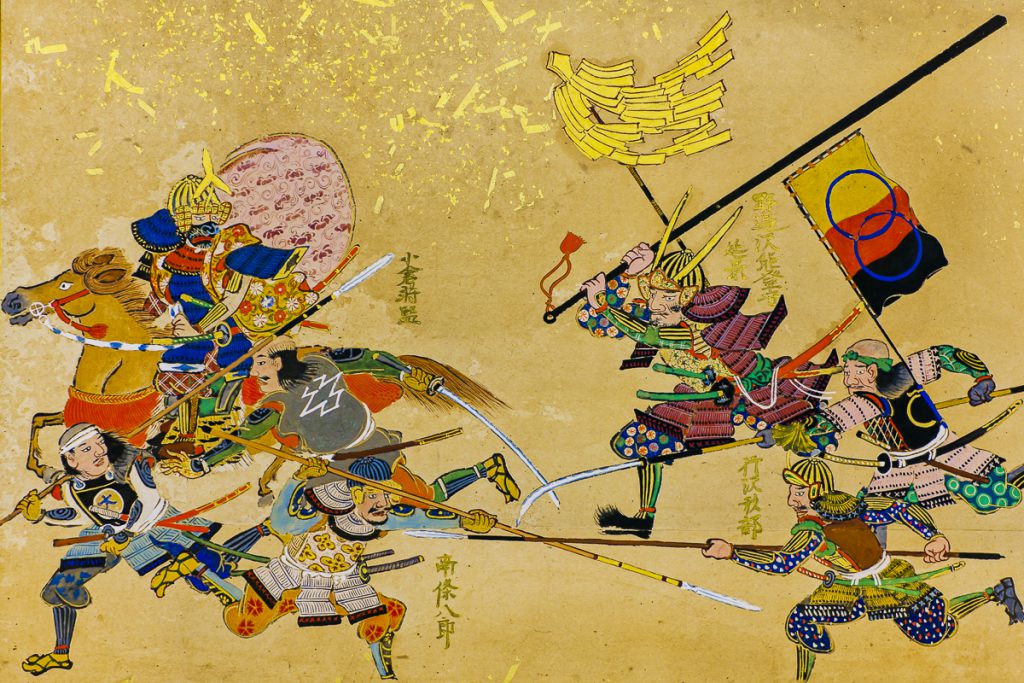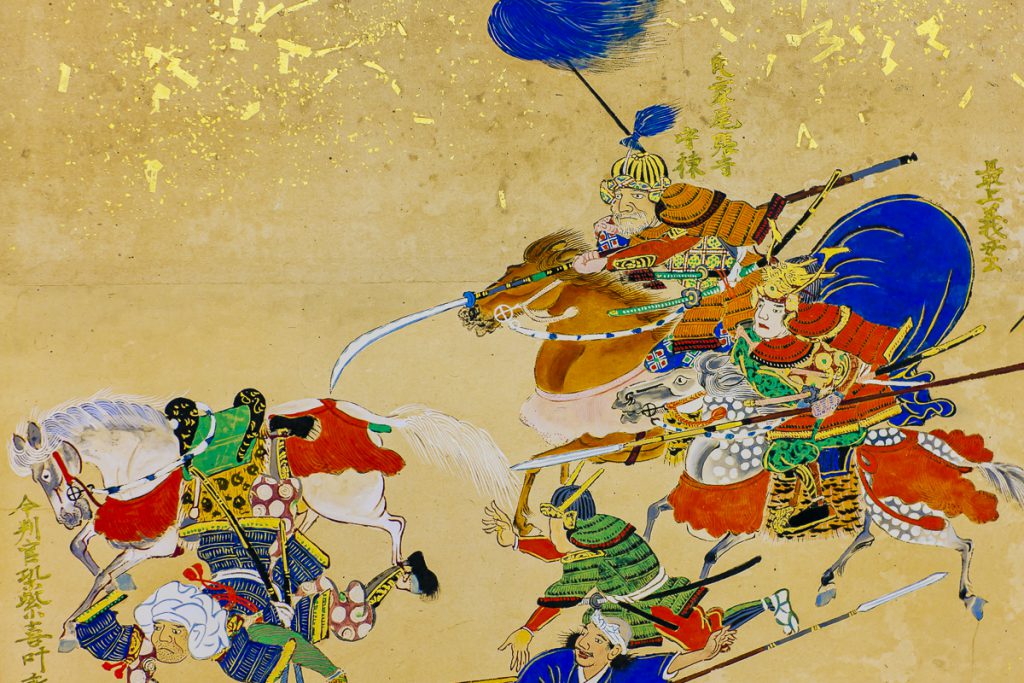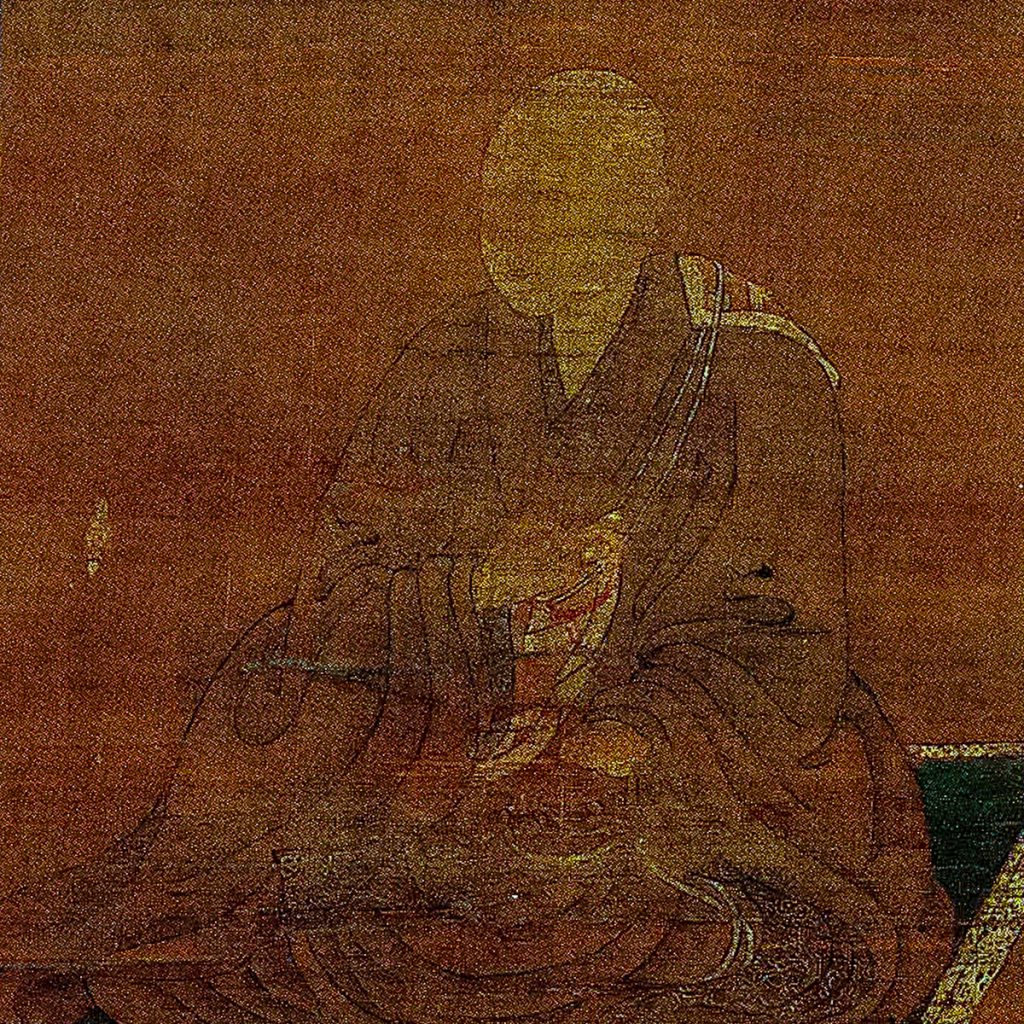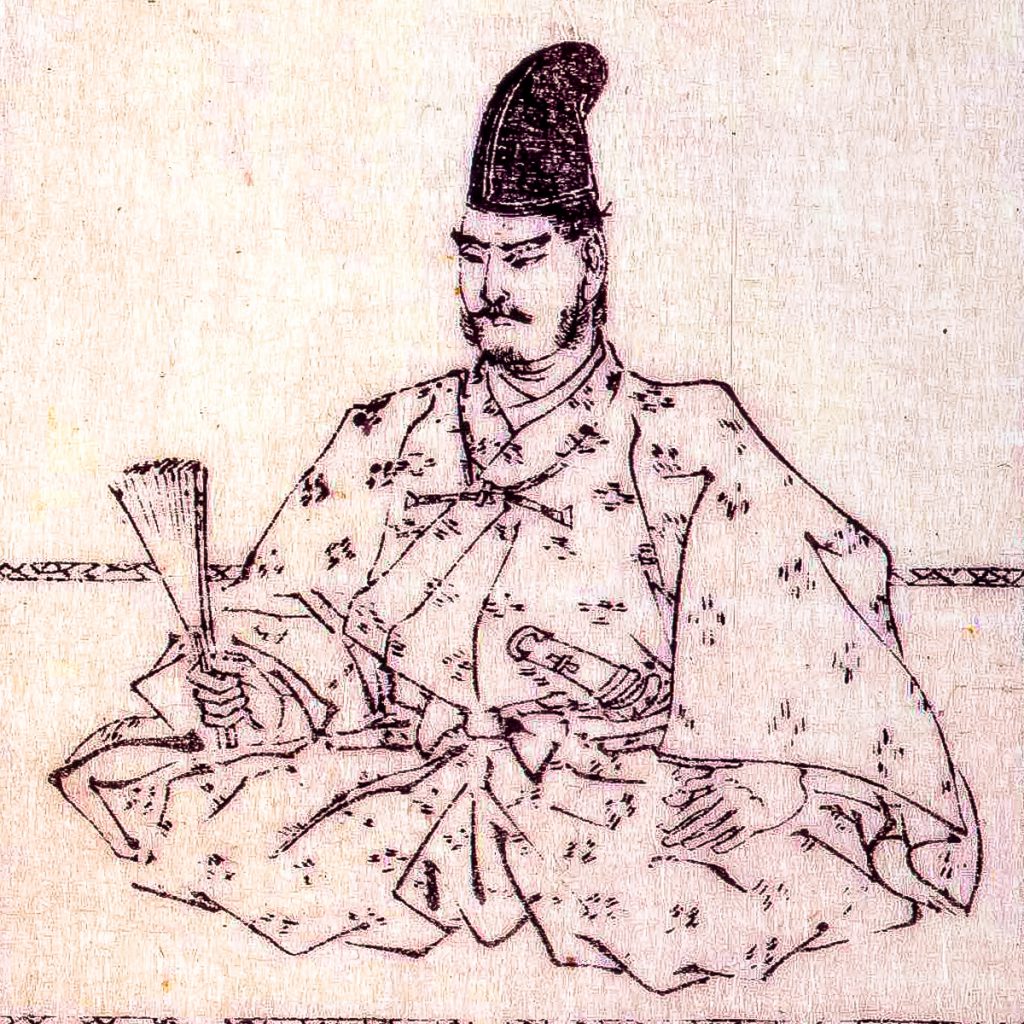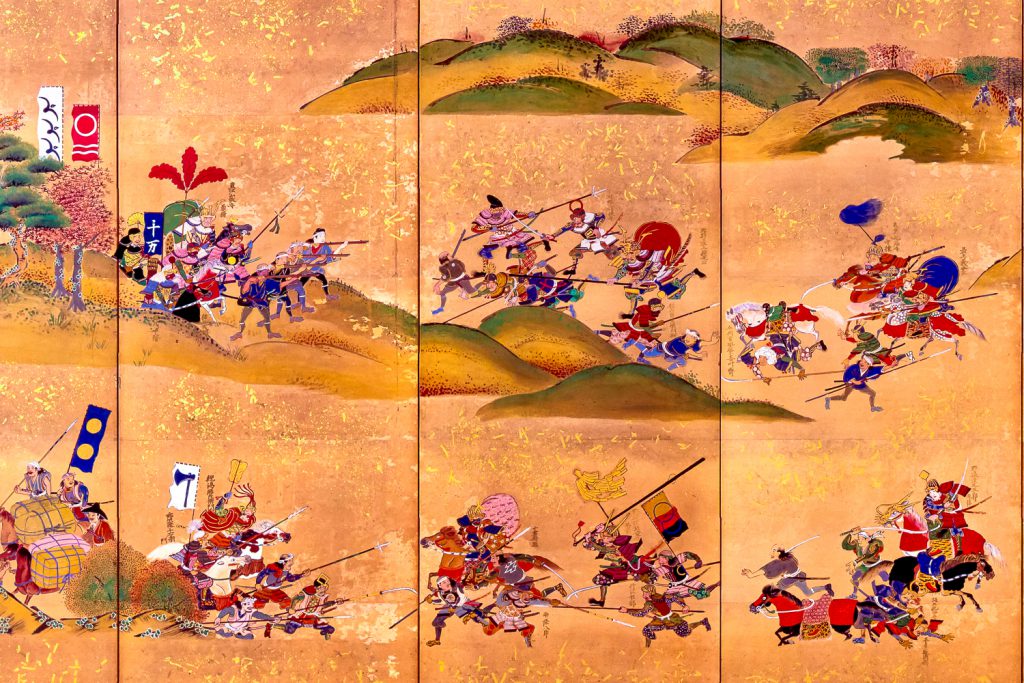Guide to First Exhibition Room
Mogami Yoshiaki Historical Museum, Guide to First Exhibition Room
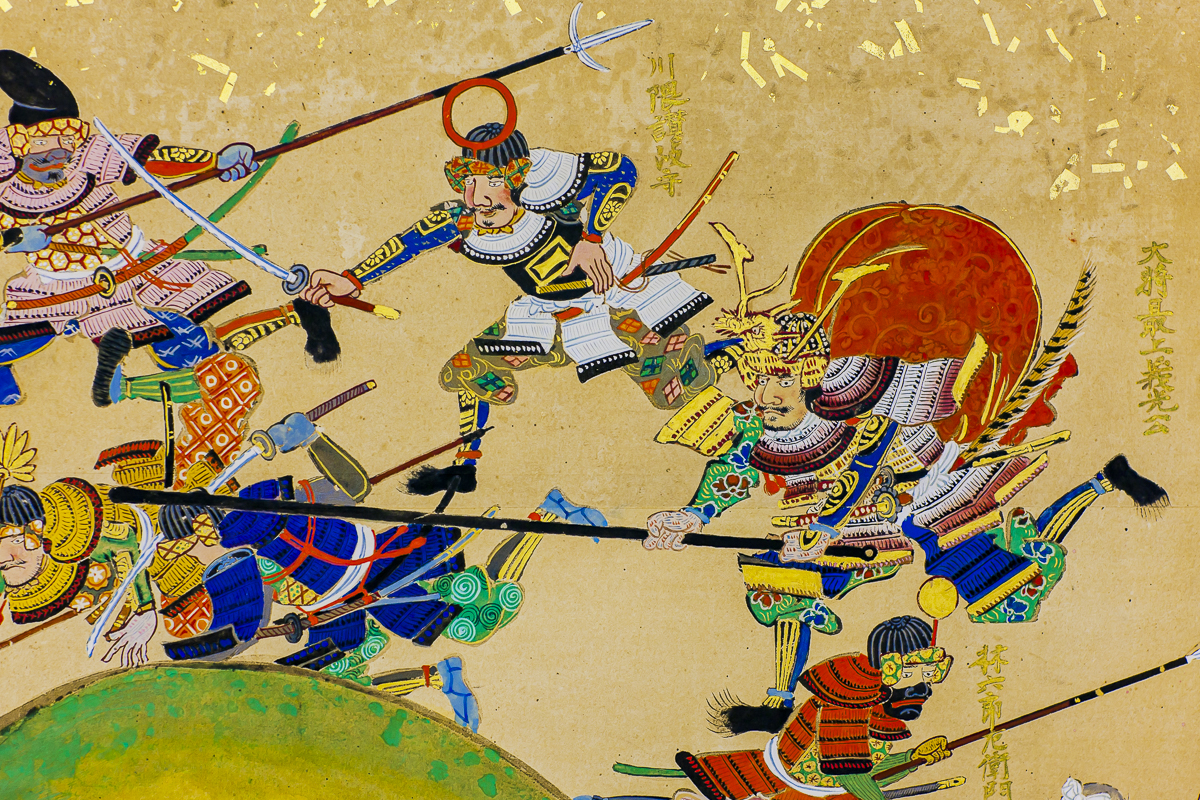
Battle of Hasedō Standing Screen (replica)
In a regional conflict that was part of the larger Sekigahara Campaign of 1600, General Mogami Yoshiaki of the Eastern Army (Tokugawa Force) fought Western Army (Toyotomi Force) General Naoe Kanetsugu (1560-1619), a chief retainer of Uesugi Kagekatsu, in a series of confrontations throughout most of the Yamagata region.
The most famous of these confrontations, known collectively as the Hasedō Campaign, was the Battle of Hasedō, which is depicted in this pair of standing screens.
The right-hand screen shows the surprise attack by the Mogami force, while the left-hand screen depicts the fleeing Uesugi forces pursued by Mogami soldiers.
Tobe Masanao, author of Ōu Eikei Gunki (War Chronicles of the Ōu Region from the Eiroku to Keichō Era), is popularly believed to be the artist of this screen, although this has not been positively confirmed.
From the notations upon the screens that identify the names of selected personages, it can be seen that this work focuses on scenes featuring the Mogami Army, suggesting that the artist, or the person who commissioned the screen, had ties to the Mogami clan.
This is an extremely rare example of a screen depicting a Sengoku-era battle of the northeastern Tōhoku region.
 osusume en
osusume en
-
CP.No.06 The Beginnings of the Mogami Clan
This corner touches on the early history of the Mogami family before the time of Yoshiaki. On the wall is a photographic replication of a portrait of Shiba Kaneyori, the progenitor of the Mogami clan, along with a scroll containing a replica of a small letter written by Kaneyori himself, and displayed underneath are items including 14th century sutras, a wooden box for carrying such sutras, and the lineage chart of the Mogami family.
The Mogami family was originally descended from the Seiwa Emperor, who reigned from 858-876, but it was Shiba Kaneyori (1315-1379) who was the actual founder of the Mogami clan. Throughout the Namboku-chō (“Southern and Northern Courts”) Period which lasted from 1336-1392, the country was embroiled in a time of constant strife between the two rival courts of 14th century Japan. During this time, Shiba Kaneyori was sent to the Yamagata region to deal with the conflicts taking place there. After the situation stabilized, he established himself in Mogami, the old name for what is now Yamagata, and changed his name from Shiba to Mogami. Thirteen lords of the Mogami clan ruled the Yamagata area from the 14th to 17th centuries. -
CP.No.07 Mogami Yoshiaki
Mogami Yoshiaki was the 11th lord of the Mogami clan. Born in January of 1546, little is known about his physical appearance, but an ancient document refers to him as “over 180 cm in height, with a fair complexion and keen and piercing eyes which distinguish him from the ordinary samurai.”
When a still-youthful Yoshiaki succeeded his father as head of the Mogami clan, there was no unified rule over the Yamagata area. Yoshiaki addressed this situation by conquering the other lords of the area and consolidating control over the region with himself as the supreme military and political ruler.
Yoshiaki died of illness on January 18, 1614 at the age of 69, a relatively advanced age for an era in which life expectancy for warriors was said to be around 50. Greatly beloved by his underlings, Yoshiaki was followed in death by four grieving retainers who committed ritual suicide to join their master. Yoshiaki continues to be remembered for his many accomplishments, and is referred to as the “Tiger General” in honor of his great legacy. -
CP.No.08 The Mogami Family Crest
Of the numerous family crests associated with the Mogami clan, the most often-used crest was a circle containing two horizontal lines. There are various opinions as to what these lines represent, with some believing that they symbolize the sun and the moon, and others theorizing that they represent two dragons. Other Mogami family crests include a “sparrows and bamboo” crest featuring two facing sparrows and bamboo leaves, as well as a paulownia crest and a chrysanthemum crest.
-
CP.No.09 Battle Standard of Uesugi Army
A Mogami family heirloom, this battle standard was said to have been captured as a war trophy when Mogami forces defeated the Uesugi Army during a battle of the Dewa Campaign at the entrance to Kaminoyama in the year 1600. This standard features the distinctly modern design of a single wild goose in flight upon a white background. In the Battle of Hasedō Standing Screen, a flag with a very similar design can be seen in the upper half of the sixth panel of the left-hand screen.
-
CP.No.10 Battle of Hasedō Standing Screen (replica) Left-Hand Screen
This screen portrays the retreat of the Uesugi Army, with Mogami forces in pursuit. The fourth panel shows Mogami Yoshiaki (in a red horo cloak) bringing his famed iron baton down upon enemy soldiers in his ferocious assault on the rival army. The fifth panel depicts the retreating figure of General Naoe Kanetsugu (in a green horo cloak) guarded by a unit of riflemen.
information
Address:1-53 Ote-machi, Yamagata-shi
Phone number:023-625-7101
Open hour:9 a.m. – 5 p.m. (admission until 4:30)
Free admission
Closed Mondays (or Tuesdays if Monday is a national holiday) and during the New Year holidays. May also close for exhibition changes or other reasons.
 to go
to go
-

Heisenji Temple, Dainichido Hall / 平泉寺大日堂
-
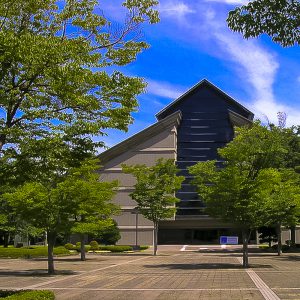
Yamagata Museum of Art / 山形美術館
-
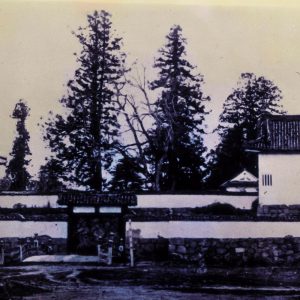
Mogami Yoshiaki Historical Museum, Guide to Second Exhibition Room
-

Bunshokan, Yamagata Prefecture Local Museum / 山形県郷土館 【文翔館】
-
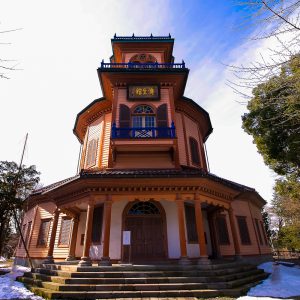
Yamagata City Local History Museum (former Saiseikan Hospital) / 山形市郷土館【旧済生館本館】
-
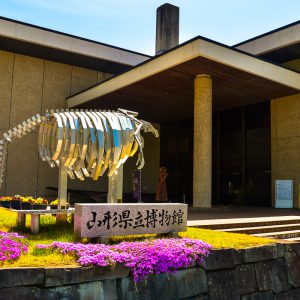
Yamagata Prefectural Museum / 山形県立博物館
-
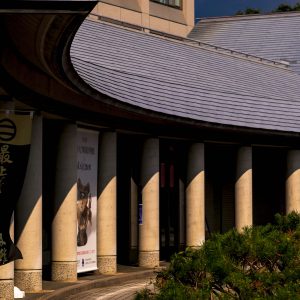
Mogami Yoshiaki Historical Museum , Guide to Lobby Area
-
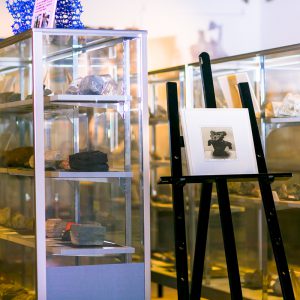
Yamagata University Museum / 山形大学附属博物館
-
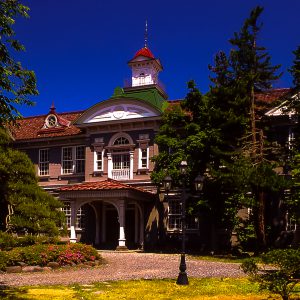
Yamagata Prefectural Museum Educational Resources Museum / 山形県立博物館教育資料館
-
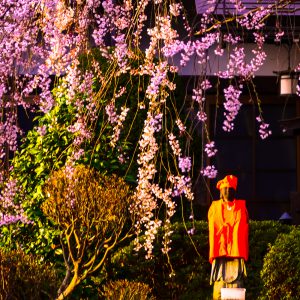
Heisenji Temple / 平泉寺


